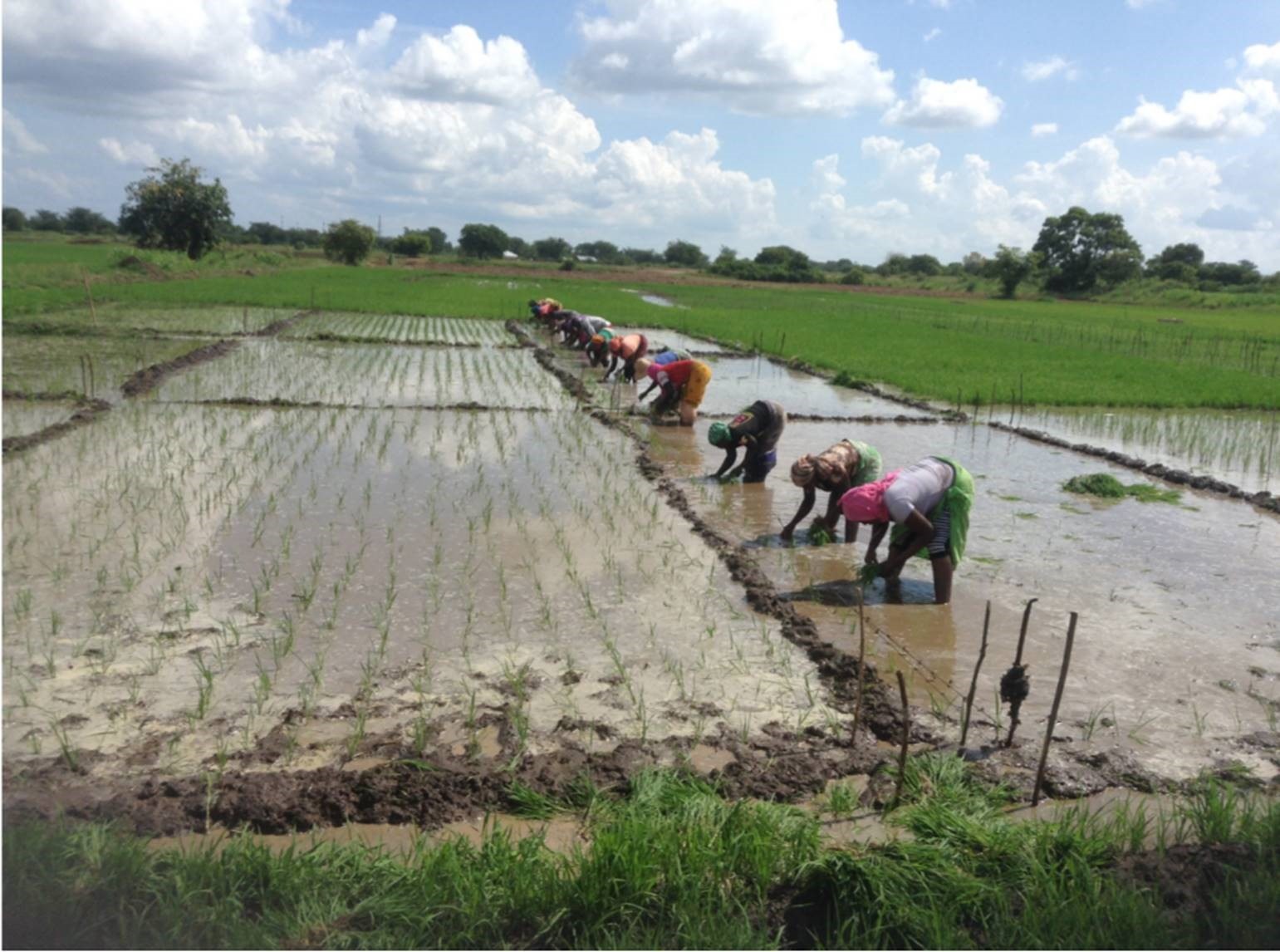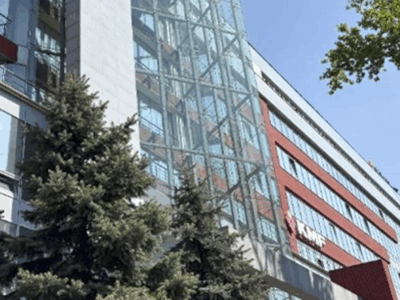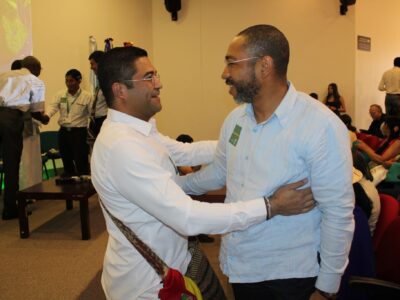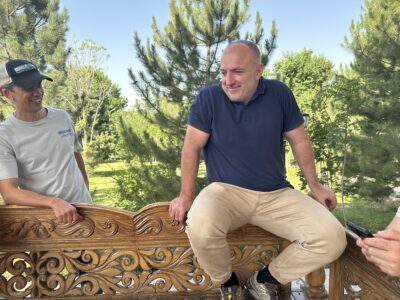
In the last four decades, the world has gotten incredibly better at addressing food insecurity. Roughly 40 years ago, my international career began with the Peace Corps in Senegal. Food security then meant simply growing more millet. I’m looking at retirement now, and that focuses the mind. It helps me see that though we are far from done, we’ve gotten much better at understanding the challenges and seeing the opportunities for global food security.
According to the Food and Agriculture Organization (FAO) of the United Nations, the number of hungry people had been consistently decreasing for decades. Practitioners of food security were winning the global battle against hunger, even with the population rising, until 2015.
Then it flatlined.
“After decades of steady decline, the trend in world hunger—as measured by the prevalence of undernourishment—reverted in 2015, remaining virtually unchanged in the past three years at a level slightly below 11 percent. Meanwhile, the number of people who suffer from hunger has slowly increased. As a result, more than 820 million people in the world were still hungry in 2018…”
– The State of Food Security and Nutrition in the World 2019, FAO
With population growth, the number of hungry people in the world has been inching upward since 2015 to 820 million last year. Africa is the hot spot, with undernourishment reaching nearly 20 percent.
Increased climate shocks and incidents of civil strife have certainly impeded the progress. So, we look to the practitioners, the professionals in food security, for solutions and innovations to again move the marker.
The United States government launched its global hunger and food security initiative, Feed the Future, in 2009. Feed the Future brings together a powerful and diverse coalition to end global hunger, poverty, and malnutrition. Led by the United States Agency for International Development (USAID), this initiative has focused resources on fewer countries, centered programs on food systems in key food-producing regions, and, effectively, stepped up the world’s response to hunger. In the geographic pockets where applied, it’s proven very effective.
“In Tanzania, Corteva is collaborating with USAID and ACDI/VOCA on the USAID Feed the Future NAFAKA II: Cereals Market System Development project to improve the productivity and enrich the lives of 400,000 smallholder farmers over the next three years through increasing access to high quality seed and crop protection technologies, improving agricultural practices, facilitating market linkages, and increasing farmers’ access to credit.” – via Corteva.com
But, by definition, innovation keeps seeking improvements. The latest good idea from USAID is the “Journey to Self-Reliance” that emphasizes making strategic choices and driving programs in ways that foster long-term, sustainable self-reliance. Program implementers are engaging food system stakeholders early in project design, building learning and adaptability into programs, and incorporating local context and opportunities to stimulate broad engagement. Development practitioners have increasingly realized the force of multiple parties pulling in the same direction.
The ideal development program is a multifaceted social and economic catalyst. When the government, civil society, and the private sector pursue livelihoods, resilience, and food security as common goals, it can work. That’s how we can sustainably fight world hunger.
Comments







